The Heart of Buddhist Devotion: An Awakening Journey in the Nepali Himalayas
Nepal is a land where spirituality flows as naturally as its mountain rivers. As the birthplace of Lord Buddha, it holds profound significance for pilgrims and seekers from around the world. From the sacred grounds of Lumbini to the serene stupas of Kathmandu Valley and the remote monasteries of the Himalayas, Nepal offers a journey through the heart of Buddhist devotion. Pilgrimage here is more than travel — it’s an awakening experience that blends faith, peace, and discovery. Every temple bell, butter lamp, and prayer flag carries the timeless message of compassion that defines Buddhism and the Nepali way of life.
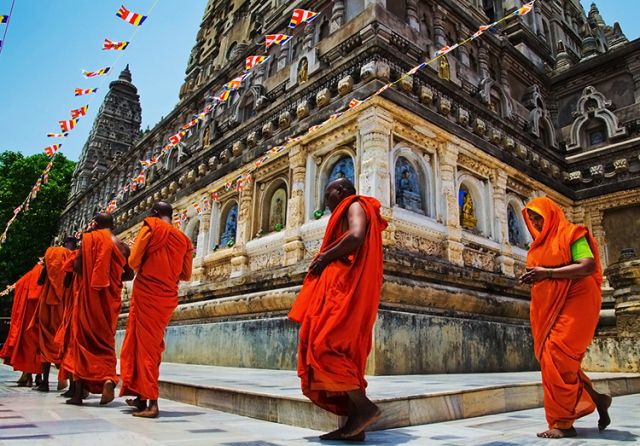
Lumbini: The Birthplace of the Buddha
Lumbini, located in Nepal’s Terai plains, is the sacred site where Siddhartha Gautama — the Buddha — was born over 2,600 years ago. Declared a UNESCO World Heritage Site, it is a center of global pilgrimage, attracting visitors seeking peace and enlightenment. The Maya Devi Temple marks the exact birthplace, while the Ashokan Pillar and sacred pond reflect ancient devotion. Surrounding monasteries built by countries like Japan, Thailand, and Germany represent the global reach of Buddhism. Pilgrims can walk the peaceful Lumbini Garden, meditate in monastic courtyards, and absorb the serenity that defines this spiritual sanctuary.
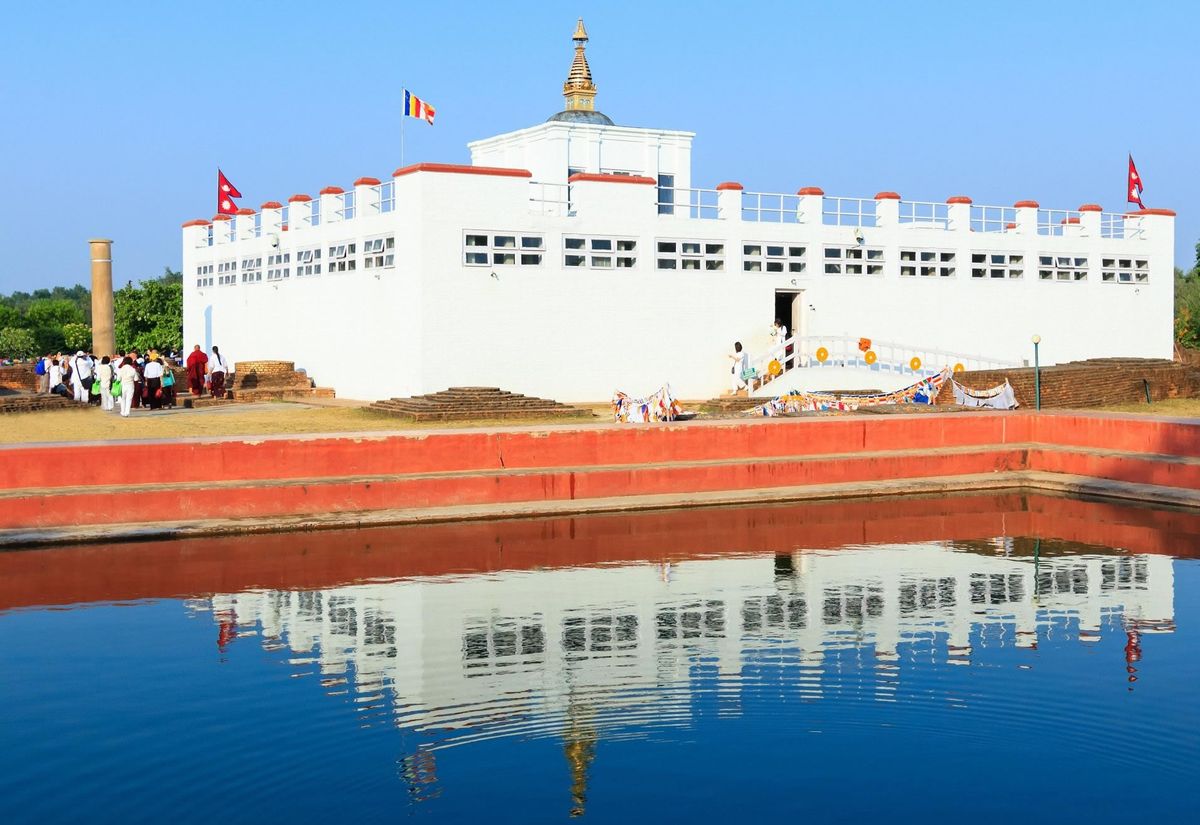
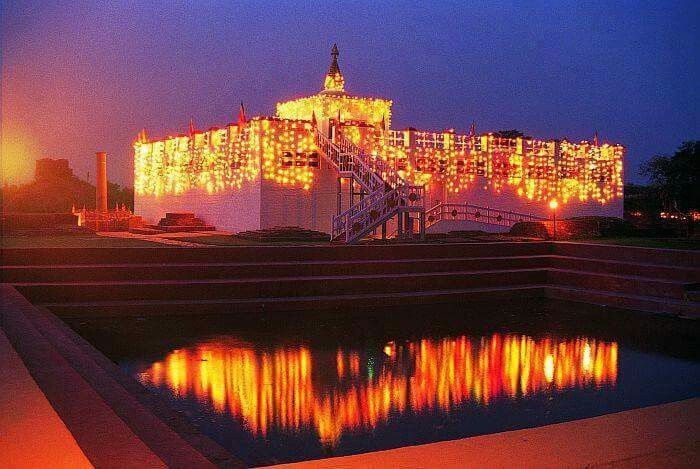
Kathmandu Valley: Sacred Stupas and Living Faith
The Kathmandu Valley is a vibrant tapestry of Buddhist and Hindu harmony. Two of the most sacred Buddhist sites, Swayambhunath (Monkey Temple) and Boudhanath Stupa, rise above the city as timeless symbols of faith. Swayambhunath’s hilltop offers panoramic views of the valley, where prayer wheels spin and monks chant softly. Boudhanath, one of the largest stupas in the world, draws Tibetan pilgrims who circle it with murmured prayers and butter lamps in hand. Around these stupas thrive monasteries, Thanka painting schools, and teahouses — where daily life blends seamlessly with devotion.
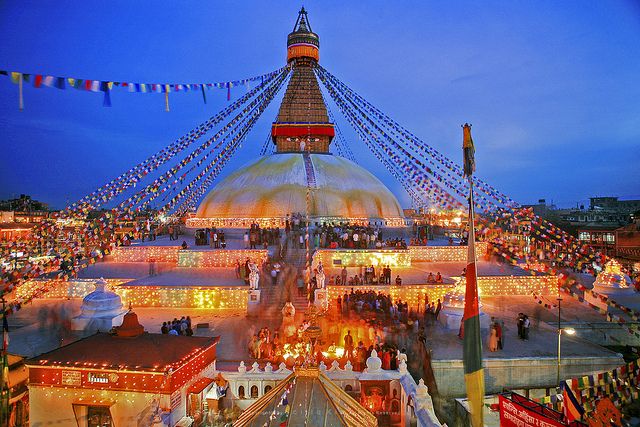
Namobuddha & Monastic Life in the Hills
Perched on a peaceful hill east of Kathmandu, Namobuddha is one of Nepal’s holiest Buddhist pilgrimage sites. According to legend, it is where the Buddha, in a past life, offered his body to a starving tigress — a symbol of ultimate compassion. Today, Namobuddha Monastery welcomes visitors to experience monastic life: meditation sessions, prayer ceremonies, and breathtaking mountain views. For travelers seeking spiritual renewal, it’s an ideal retreat combining inner peace with the natural beauty of the Himalayas. Nearby villages showcase rural hospitality and traditional Tamang culture.
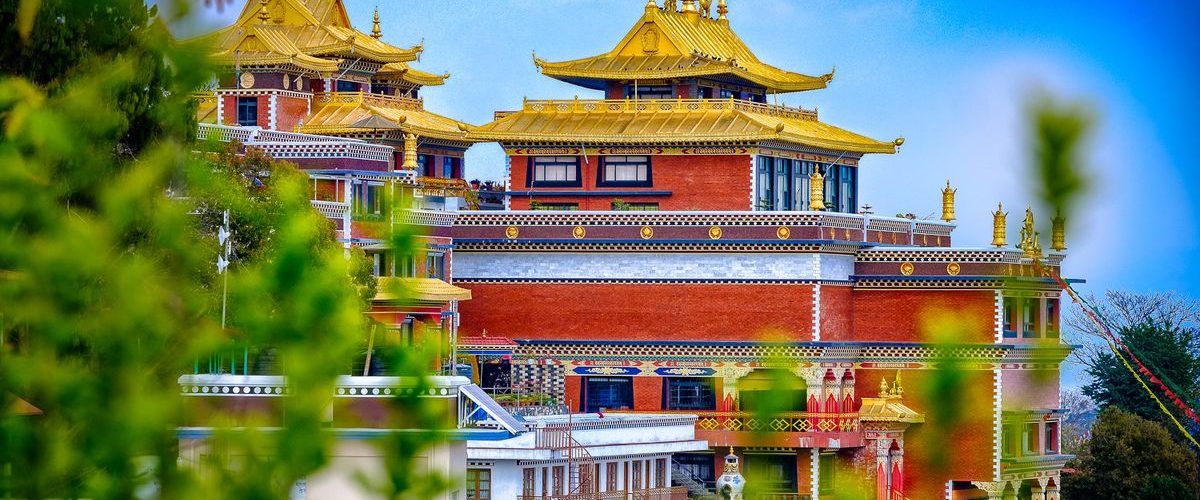
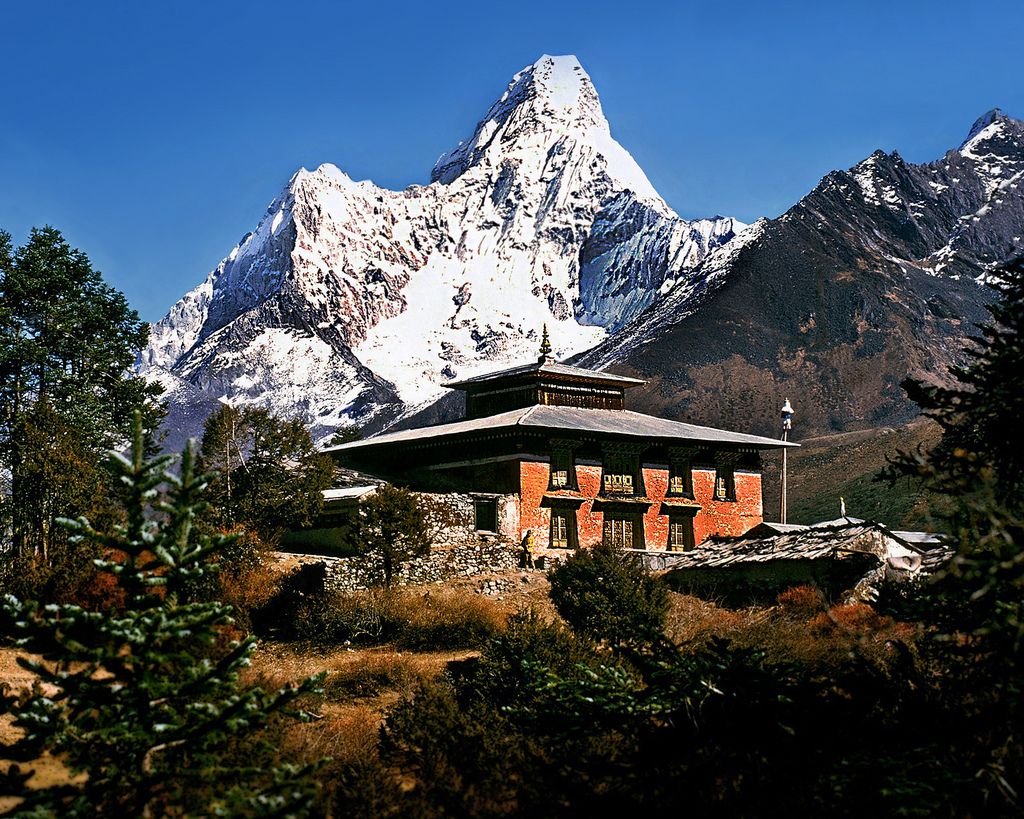
Buddhism in the Himalayas
In Nepal’s northern regions, Buddhism remains the spiritual lifeblood of mountain communities. Journey to Tengboche Monastery in the Everest region or Mu Gompa in Upper Tsum Valley, where fluttering prayer flags contrast against snow peaks. The Himalayan monasteries preserve ancient teachings, art, and rituals passed down by generations of monks. Festivals like Mani Rimdu bring these remote communities alive with masked dances, music, and blessings. Pilgrims and trekkers alike discover a sense of serenity that transcends altitude — a spiritual stillness only the Himalayas can offer.
FAQs about Buddhism & Pilgrimage in Nepal
1. Why is Nepal significant to Buddhism?
Nepal is the birthplace of Lord Buddha and home to ancient Buddhist sites, making it one of the world’s most important pilgrimage destinations.
2. What are the must-visit Buddhist pilgrimage sites?
Lumbini, Boudhanath, Swayambhunath, Namobuddha, and Tengboche Monastery are the most revered pilgrimage centers.
3. Can non-Buddhists visit monasteries and stupas?
Yes, most monasteries and stupas welcome all visitors with respect. Modest dress and quiet behavior are encouraged.
4. What’s the best time to visit Buddhist sites in Nepal?
Autumn (September–November) and spring (March–May) offer ideal weather for spiritual journeys and mountain travel.
5. Are there meditation or retreat programs for travelers?
Yes, several centers in Kathmandu, Pokhara, and Lumbini offer guided meditation, Vipassana courses, and short-term retreats for beginners and practitioners alike.
6. How do I travel between Buddhist sites in Nepal?
Lumbini is accessible by road or flight from Kathmandu. Local guides and tour operators offer pilgrimage circuits linking key sites conveniently.
7. Are there Buddhist festivals travelers can attend?
Yes, celebrations like Buddha Jayanti, Losar (Tibetan New Year), and Mani Rimdu feature rituals, dances, and prayers that welcome all visitors.
8. Can I stay in a monastery during my trip?
Some monasteries, especially around Namobuddha and Lumbini, offer simple guest accommodations for those wishing to experience monastic life.
9. What should I bring for a pilgrimage in Nepal?
Comfortable walking shoes, modest clothing, reusable water bottles, and an open, respectful mindset toward sacred customs.
10. How does Buddhism coexist with Hinduism in Nepal?
Nepal’s culture celebrates harmony — temples and stupas often stand side by side, symbolizing centuries of peaceful coexistence between the two faiths.
Discover Ancient Wisdom: Book Your Authentic Spiritual Journey in Nepal
Walk the sacred paths of Nepal where enlightenment began. From tranquil monasteries to the birthplace of the Buddha, every step is a journey inward — toward peace, compassion, and connection. Discover ancient wisdom, breathtaking landscapes, and spiritual renewal all in one unforgettable experience.
Plan your pilgrimage with Namo Nepal — your trusted guide to spiritual travel, authentic culture, and soulful adventures across the Himalayas.
